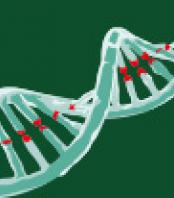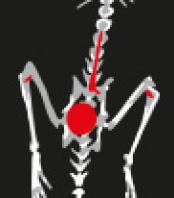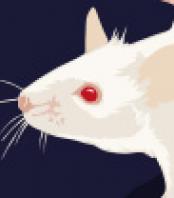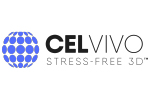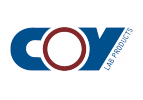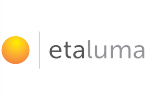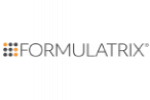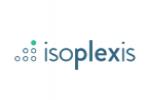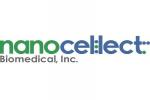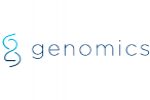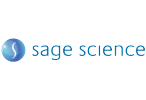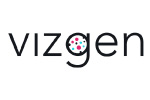Baseline angiogenesis and apoptotic activities were simultaneous evaluated before initiation of the treatment (D0) using the Bruker In-Vivo Xtreme imaging system, after i.p. administration of Angiosense680 EX and Annexin750 probes, respectively, according to the instructions of the supplier. After 3 days of treatment (D3), angiogenesis and apoptotic activities were similarly assessed; GLPG1790, Flavopiridol or Bevacizumab treatments were given 2hr prior to imaging.
All images were captured by a cooled CCD camera with the following parameters: f-stop 1.1, binning 2, 2 sec acquisition time for Angiosense680 EX and 5 sec acquisition time for Annexin750.
For anatomical co-registration, a reflectance image (0.1 second acquisition time, f-stop 2.8, binning 1) and an X-ray image (1.2 second acquisition time, f-stop 4, 45 KVP energy, 2 mm filter) were performed.
For precise co-registration, all images were taken with a 190 mm field of view (FOV). For each mouse and each probe, results were expressed as the difference between Net intensity at D3 and D0.
Read more











